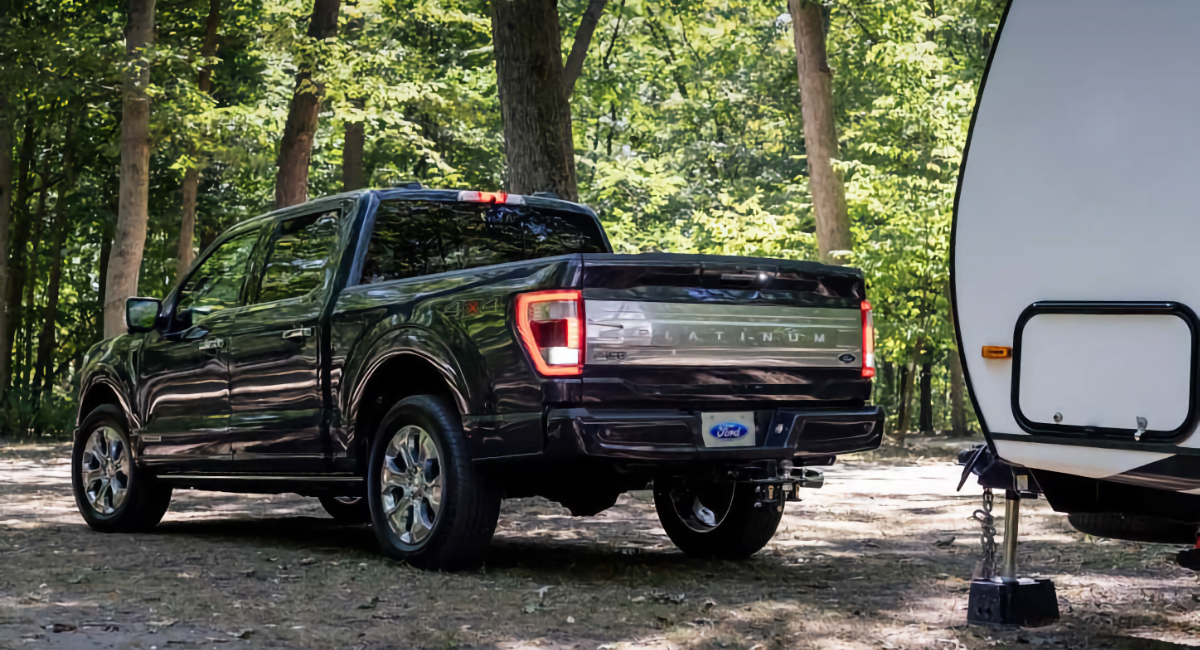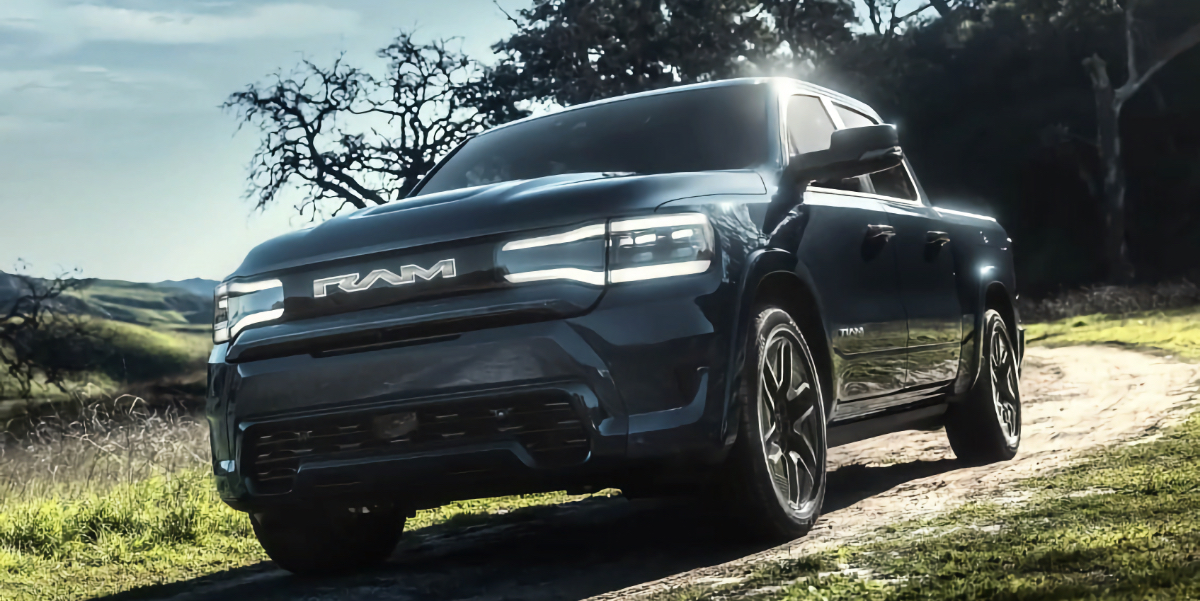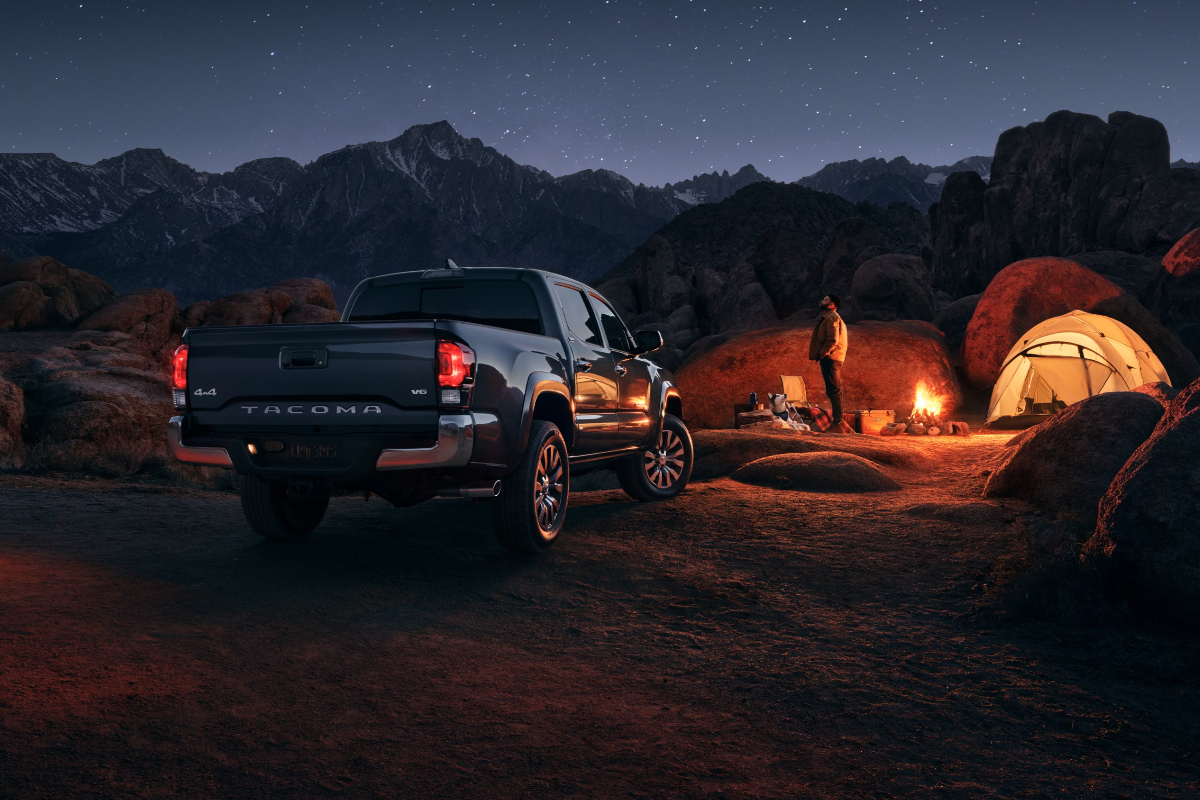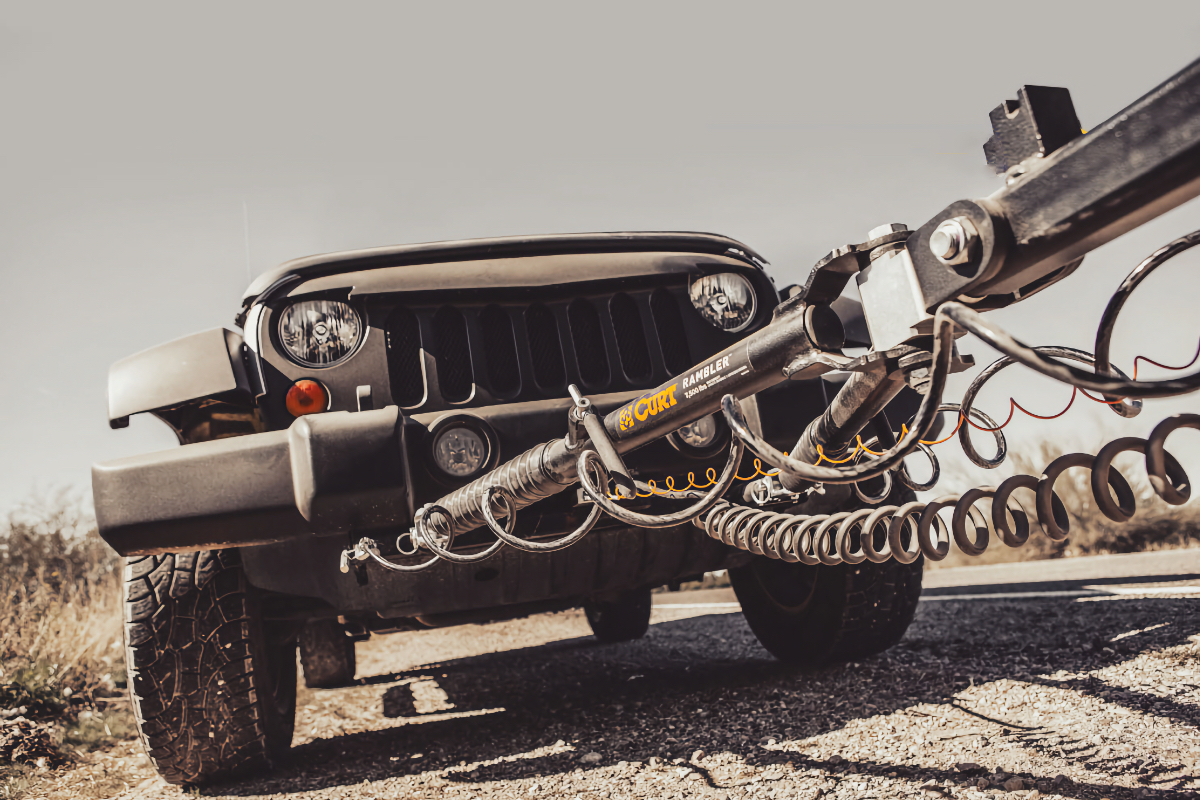Frequently Asked Dinghy Towing Questions
Image Caption:
Over the years, we have noticed that certain RV-related questions keep popping up, over and over again. Some of them come from seasoned RVers, while others are sent by “newbies” who are just starting out and are anxious to get going in this great vagabond lifestyle of ours. So by popular demand, we’ve collected a bunch of the most frequently asked questions (FAQs) on the subject and have provided answers to them. Even experienced old-timers might find something here they didn’t know.
How do I find out if a vehicle I want to buy is approved for dinghy towing?
A: Some manufacturers test and approve their vehicles for towing behind a motorhome. This ensures that any problems will be covered by warranty. Their franchised dealers should have brochures listing these vehicles for the current model year and any required options or adjustments.
Why are some vehicles manufacturer-approved for towing, and others aren’t?
A: There are many possible reasons. Some models have drivetrains that will be damaged by towing, some may not steer and track properly when towed, and some may even be mechanically capable of being towed, but the manufacturers choose not to approve towing because of concerns over liability, warranty, inoperative odometers or the cost of testing for approval.
What happens if I tow a vehicle that isn’t designed to be towed long distances?
A: In some instances, you may get lucky and no damage will occur, especially over short distances. However, in many cases, particularly when the vehicle is towed for long periods or distances, severe damage may occur to the transmission, transfer case or transaxle/differential(s). When the engine is off, lubricant may not be circulated to portions of the drivetrain that require lubrication. In rare, extreme cases, this could even lead to a buildup of heat that may start a fire, which uses the lubricant as fuel.
Why do some people use dollies to tow while others just use tow bars?
A: Tow bars should be used only on vehicles that have drivetrains that won’t be damaged by towing on all four wheels. Vehicles that are not designed to be towed with their drive wheels turning may be towed using a dolly or a trailer, which also reduces wear on the drive system and tires that are not in contact with the road. Some dollies — and most trailers large enough to carry a car — are also equipped with brakes, which make a substantial contribution to the stopping duties of the motorhome’s brakes.
My car isn’t approved for towing behind a motorhome. What can I do to tow it?
A: You have several options. All vehicles can be towed on a trailer. Most front-wheel-drive vehicles can also be towed on a two-wheel dolly. If you wish to “flat tow” with all four wheels on the ground, there are a number of aftermarket devices that will modify a vehicle so it is mechanically capable of being towed without drivetrain damage. You may be able to equip it with special parts from a supplier, such as Remco, (800) 228-2481, www.remcotowing.com.
What gear should I put the transmission of my 4WD vehicle in when towing it?
A: Refer to the owner’s manual for the recommended procedure. In virtually all cases, the 4WD transfer case should be in neutral. Automatic transmissions of 4WDs should be in park. Manual transmissions of 4WDs should be in a forward gear. That will keep the transmission from being turned by the transfer case due to oil viscosity. We suggest that the forward gear selected should be the highest one, usually fourth or fifth. That way, if the transfer case should accidentally be shifted out of neutral, there is a chance that the engine won’t be destroyed by overrevving, as it would be in a lower gear.
I want to tow an AWD vehicle behind my motorhome. What’s required?
A: AWD vehicles, and 4WD vehicles that do not have a neutral position in the transfer case, should not, in most cases, be flat-towed without modifications. A trailer is the safest way to transport them. However, some can also be transported with the front axle on a tow dolly and with the rear driveshaft disconnected. That can be done with a device such as the driveshaft-disconnect kit made by Remco.
Why were Saturns so popular for dinghy towing? Were all model-years towable?
A: All years and models of Saturns are factory-approved for towing without modifications (except the automatic-equipped VUE SUV), which may be why so many of them are still being towed. Furthermore, they are approved for towing with automatic transmissions — one of the few two-wheel-drive (2WD) autos so designed — and that’s very important for people who don’t want a manual box.
Why is it that a vehicle with RWD cannot be towed with all four wheels down?
A: Nearly all non-4WD rear-wheel-drive transmissions will be damaged if they are turned by the driveshaft for long periods without the engine running to circulate lubricants within them. Therefore they are not towable for long distances or at highway speeds.
How do I calculate the weight of a dinghy that can be towed with a motorhome?
A: Subtract the actual fully loaded weight of the motorhome from the motorhome’s gross combination weight rating (gcwr), which must not be confused with the gross vehicle weight rating (gvwr). If you do not have the chassis gcwr, contact the chassis manufacturer for this information. Keep in mind that motorhome chassis manufacturers often have unbraked towed-vehicle limits of 1,000 to 1,500 pounds. Note: Ford limits towed weight to gcwr minus gvwr regardless of the actual fully loaded weight of the motorhome.
How can I connect my motorhome’s taillights to my dinghy vehicle?
A: The lights are connected to the trailer-light receptacle on the rear of the motorhome. Some owners install either an external light bar, with two taillight assemblies on it,or use stick-on magnetic lights. You can also hardwire the system using isolating diodes at the vehicle’s taillights (to prevent feedback into the dinghy’s electrical system). All of these items are available from RV dealers and supply stores.
The battery on my dinghy vehicle goes dead while I tow it. What can I do?
A: First, make sure the ignition is off (but the steering is unlocked) while towing. Next, make sure that all electrical items are turned off. Some vehicles require that certain fuses be removed before towing. You can also install a disconnect switch that serves the same function as pulling a fuse, but be aware that you can lose preset radio stations, depending on which circuit(s) the switch or pulled fuse powers. Finally, if it’s impossible to completely shut off current draws, have an RV electrician install a charging line from the motorhome’s alternator. Be sure the wire is heavy enough and has an appropriately rated circuit breaker inline.
My motorhome has combined turn and brake lamps in one bulb. My dinghy vehicle has separate turn and brake bulbs. How can I make them work with the different motorhome system?
A: RV- and auto-parts stores sell electrical adapters that convert from one type of system to the other. They come with instructions and are fairly easy to install.
Sometimes my dinghy vehicle doesn’t track properly behind my motorhome and gets crossed up; that is, the steering wheel goes opposite to the way it should and the front wheels get dragged sideways. Is there anything that I can do to prevent it?
A: Try to make wider turns; long rear overhangs accentuate the sharpness of the turn and tend to drag a dinghy sideways. Some owners attach a bungee from the bottom of the dinghy’s steering wheel to the bottom of the driver’s seat, so the wheel returns to center more readily. You also should have the front-wheel alignment checked. It’s possible the caster may be out of specification. Plenty of caster allows the front wheels to follow the motorhome better, in most cases. A good alignment shop familiar with motorhome needs may be able to set your alignment with dinghy towing in mind, to help make the front wheels track better than they would with a standard alignment.
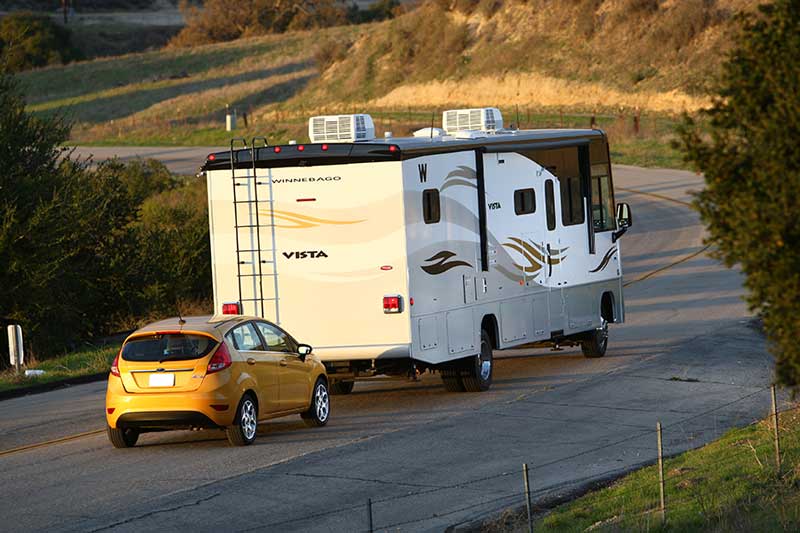
Flat towing is also referred to as dinghy towing, recreational towing or towing four wheels down.
We see a lot of Honda vehicles being towed behind motorhomes, but notice that only the FIT and HR-V are factory-approved for towing. Do these other models require modifications?
A: Although many older-model Honda automatic- and manual-transmission cars are mechanically able to be towed without modification (providing the shifting procedure in the owner’s manuals is followed), they are not yet factory-approved for towing due to Honda’s corporate policy. Honda explains that although the cars are mechanically OK for towing, the company has not yet tested every make and model for this capability, and therefore it has not yet given official approval for dinghy towing. Honda will furnish dinghy-towing instructions for its models on request, describing the proper shifting sequence, which is vital to preventing drivetrain damage. For more information, phone the company at (800) 999-1009, or its regional customer-service department at the number shown in the owner’s manual.

